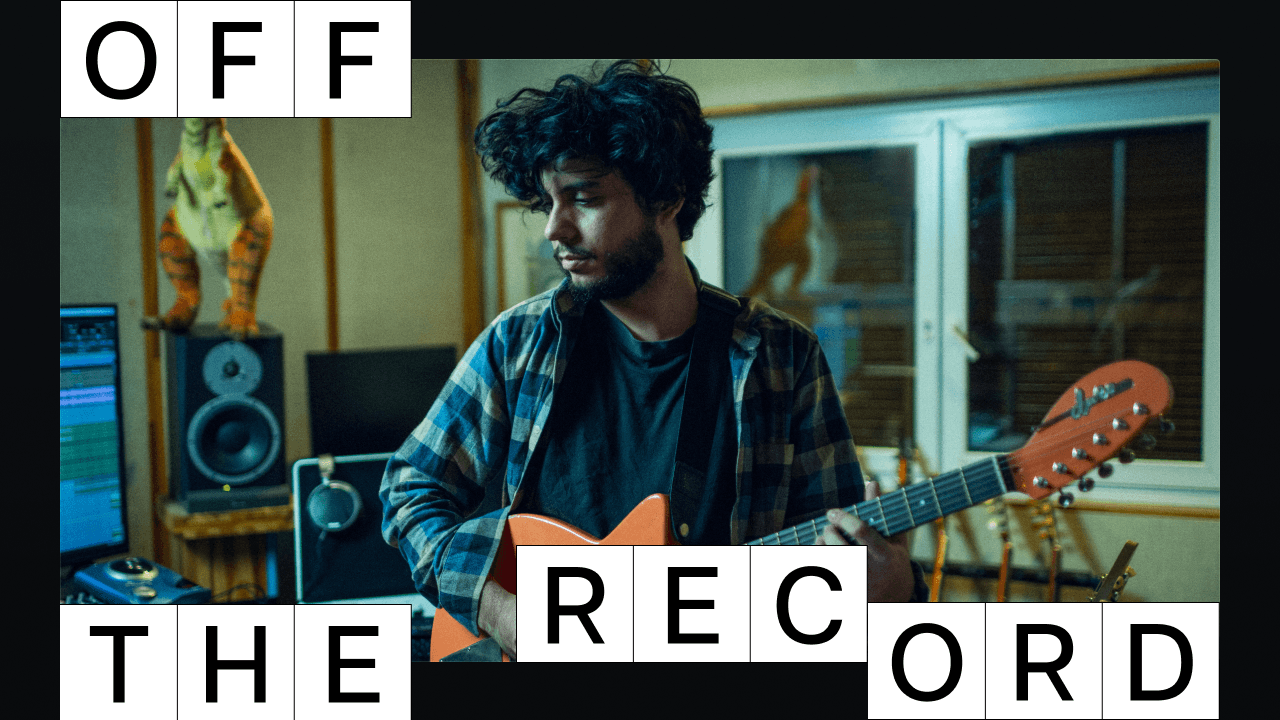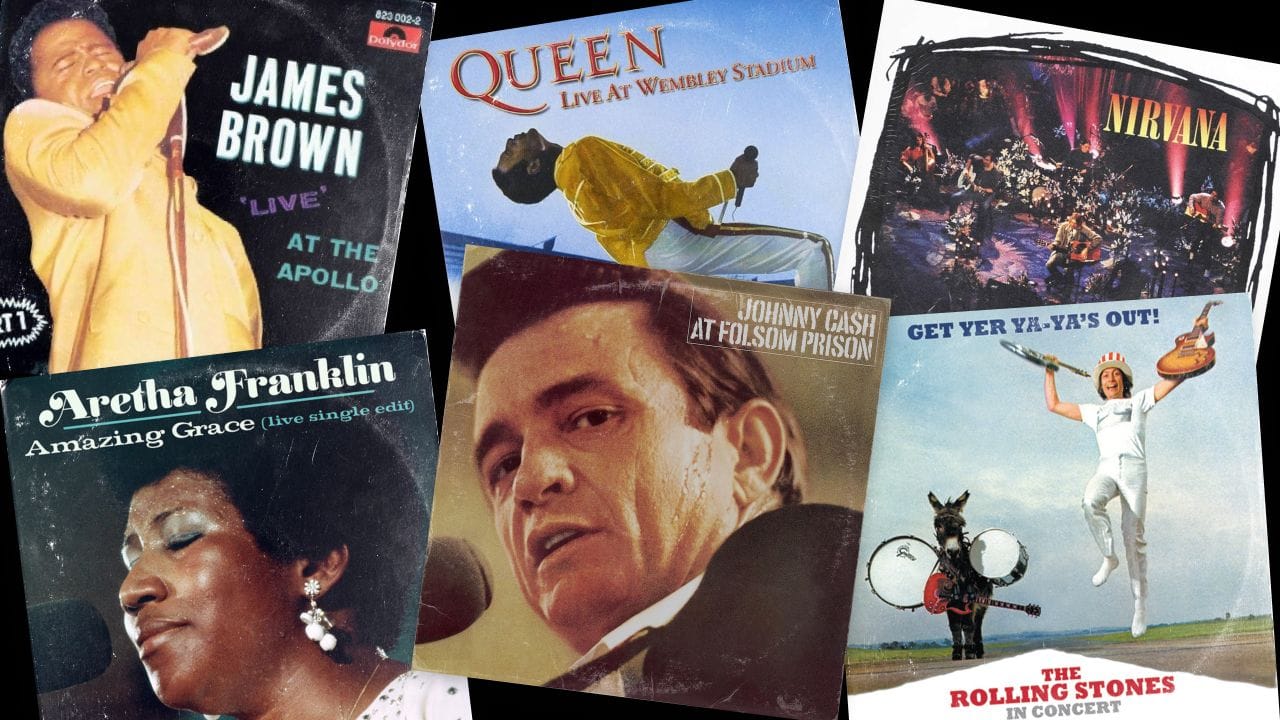In the late 1980s, a new sound emerged that changed the direction of popular music. It combined the powerful beats of hip-hop with the smooth, melodic flow of R&B. This sound was bold, fresh, and a bridge between old and new. It was called new jack swing.
This article explores the origins of new jack swing, what makes it unique, the artists who defined it, its cultural impact, and where its influence can still be heard in music today.
What Is New Jack Swing?
New jack swing is a fusion genre that blends hip-hop beats with R&B vocals. It first became popular in the mid-to-late 1980s and continued to dominate charts into the early 1990s. The sound is marked by its upbeat tempo, use of digital drum machines, sharp snare hits, funky basslines, and slick production.
Unlike traditional R&B, new jack swing included aggressive drum patterns and electronic elements pulled from the world of hip-hop. Yet, it maintained the soulful delivery and melodic structure of classic rhythm and blues. This blend helped R&B appeal to younger audiences who were growing up with hip-hop as a dominant cultural force.
The term "new jack swing" was coined by journalist Barry Michael Cooper in a 1987 article for The Village Voice. It referred not only to the music but also to the style, attitude, and cultural movement that surrounded it.
The Birth of New Jack Swing
The roots of new jack swing are found in the shifting landscape of 1980s Black music. On one side, R&B had become polished but was starting to feel outdated to younger listeners. On the other, hip-hop was raw, underground, and just beginning to enter the mainstream.
Teddy Riley, a teenage producer from Harlem, saw an opportunity to bring these worlds together. Using equipment like the E-mu SP-1200 sampler and Roland TR-808, Riley created tracks that carried the groove of funk and soul, but with the punch of rap beats. His work with artists like Keith Sweat led to hits like “I Want Her”, a single widely regarded as one of the first true new jack swing songs.
"I just wanted to marry all of those things together. I wanted Rap, R&B, Pop and Classical genres and fuse it all together all in one bag." - Teddy Riley
Riley also formed the group Guy with Aaron and Damion Hall. Their debut album in 1988 was a landmark, with songs like “Groove Me” and “Teddy’s Jam” delivering a brand-new sound that fused club energy with R&B cool.
At the same time, producers Jimmy Jam and Terry Lewis were crafting innovative work with Janet Jackson. Her 1986 album Control and follow-up Rhythm Nation 1814 both contained elements that would heavily influence the new jack swing movement, even if they weren't fully part of it.
Key Characteristics of New Jack Swing
Several features define the new jack swing sound, both sonically and stylistically:
- Syncopated, swing-style beats: Unlike straight 4/4 time, these rhythms use off-beat accents that create a bouncing, infectious groove.
- Electronic instrumentation: Heavy use of drum machines, synths, sequencers, and samplers replaced traditional live instruments.
- Layered vocal arrangements: Lead vocals were often supported by rich, complex harmonies and backing vocals.
- Call-and-response hooks: Choruses were designed to be catchy and interactive, echoing gospel and funk traditions.
- Production polish: Tracks were mixed and mastered with a clean, clear, and punchy finish for a modern, pop-like feel.
Visually, new jack swing had a strong aesthetic as well. Artists wore bold colors, high-top sneakers, gold jewelry, and flat-top haircuts. Music videos emphasized coordinated group dancing and urban street style.
Influential New Jack Swing Artists and Albums
Bobby Brown – Don’t Be Cruel (1988)
After his departure from New Edition, a popular boy band of the 1980s, Bobby Brown embraced the new jack swing sound. Collaborating with Teddy Riley and L.A. Reid, Don’t Be Cruel became a multi-platinum success. “My Prerogative,” “Every Little Step,” and “Roni” topped the charts and brought the genre into the mainstream.
Janet Jackson – Rhythm Nation 1814 (1989)
This concept album, produced by Jimmy Jam and Terry Lewis, combined socially conscious lyrics with high-energy beats and layered vocals. Tracks like “Alright” and “Miss You Much” carry new jack swing elements while pushing the boundaries of pop.
Guy – Guy (1988)
This debut album was pure new jack swing. From the funky “Teddy’s Jam” to the romantic “Piece of My Love,” it became a blueprint for the genre. The group’s combination of slick production, strong vocal delivery, and modern style helped set the tone for what was to come.
Bell Biv DeVoe – Poison (1990)
Breaking away from New Edition, Ricky Bell, Michael Bivins, and Ronnie DeVoe formed BBD and released Poison. The title track was a massive hit and became one of the most recognizable new jack swing songs ever. The album combined bold, confident lyrics with catchy, danceable hooks.
Other key contributors include Al B. Sure!, Heavy D & the Boyz, and producers like Babyface and Timbaland, who would carry forward elements of the style into later decades.
Cultural Impact
New jack swing didn’t just change the sound of pop and R&B—it reshaped music culture in several ways:
- Dance: The bouncy beats inspired new dance styles. Choreographed routines became a key part of live shows and music videos. Moves like the Running Man, the Roger Rabbit, and the Cabbage Patch became mainstream.
- Fashion: The genre helped define the late '80s and early '90s look. Streetwear mixed with luxury fashion, and artists made bold statements with their style.
- Film and TV: Movies like New Jack City borrowed the genre’s name and vibe. TV shows like In Living Color featured musical guests and dancers who embraced the new jack aesthetic.
- Cross-cultural reach: The fusion of R&B and hip-hop helped Black artists break into new markets, both in the U.S. and internationally.
New jack swing did much more than just define a music style. It was a genre that shaped how people dressed, danced, and expressed themselves across entertainment and everyday life.
Legacy and Resurgence
By the mid-1990s, the new jack swing era began to fade as hip-hop became more dominant and R&B evolved. But the influence of this breakthrough genre never truly disappeared.
Today, you can hear echoes of the genre in:
- Bruno Mars, especially on tracks like “Finesse”, which channels new jack aesthetics in both sound and visuals.
- Justin Timberlake, whose early work with Timbaland and The Neptunes borrowed heavily from the genre’s techniques.
- Anderson .Paak, who blends live instruments, groove-based rhythms, and vocal layering in ways that nod to the past.
The internet has helped spark a new wave of interest. Retro playlists on streaming apps like Spotify and Apple Music have helped genres of the past, like new jack swing, experience a revival. On TikTok and YouTube, younger listeners are rediscovering new jack swing through dance challenges, reaction videos, and curated playlists.
Music producers are also revisiting the style to bring new jack nostalgia to modern productions. For example, some beatmakers are sampling drum loops from early Teddy Riley productions and layering them under modern trap hi-hats. Hear more about how contemporary artists balance risk & originality in sampling in our conversation with Daniel Ganjaman.
Experience the Sound Yourself
With a tool like Moises, you can take your favorite new jack swing songs and turn them into instrumentals. You can even isolate vocals, drums, and individual instruments to explore the building blocks of new jack swing as a learning or production tool, whether you're a music fan, producer, or DJ. It’s an easy way to learn how these songs were made—and maybe even inspire your own music.
Try Moises today and dive into the DNA of New Jack Swing
Conclusion
New jack swing brought hip-hop and R&B together in a way that changed urban and pop music forever. It introduced new production styles, elevated a generation of artists, and shaped the look and feel of an era.
Though its time in the spotlight was brief, its influence lives on—in modern hits, dance routines, and digital platforms. And with tools like Moises, you can dig into the sound of new jack swing and see exactly how each part comes together. It’s a hands-on way to explore the genre and apply its signature rhythms, harmonies, and production styles to your own music.







